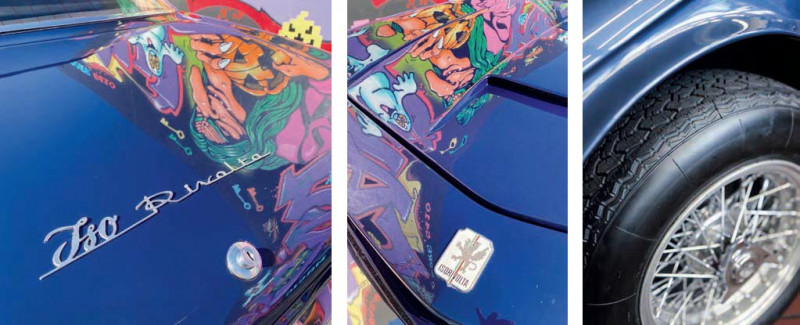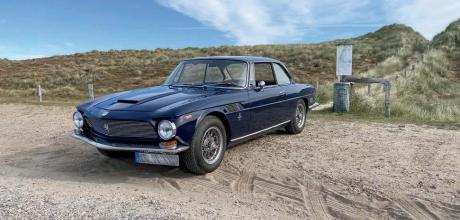1969 ISO Rivolta 300
If there's a cliché of the typical Italian, it's Renzo Rivolta. Spirited, impatient, full of ideas and enterprising. The businessman had become rich with refrigerators, got into the booming two-wheeler production after the end of the war and started the car company Iso Autoveicoli SpA in the early 1950s with the Isetta from his company in Bresso. With BMW taking over the license, the Italian smooch ball became a successful Bavarian model, but Rivolta wanted more.
Words: Marion Kattler-Vetter,
Photos: Jürgen Jost, Marcus Krüger
Jürgen Jost and his 1969 ISO Rivolta 300
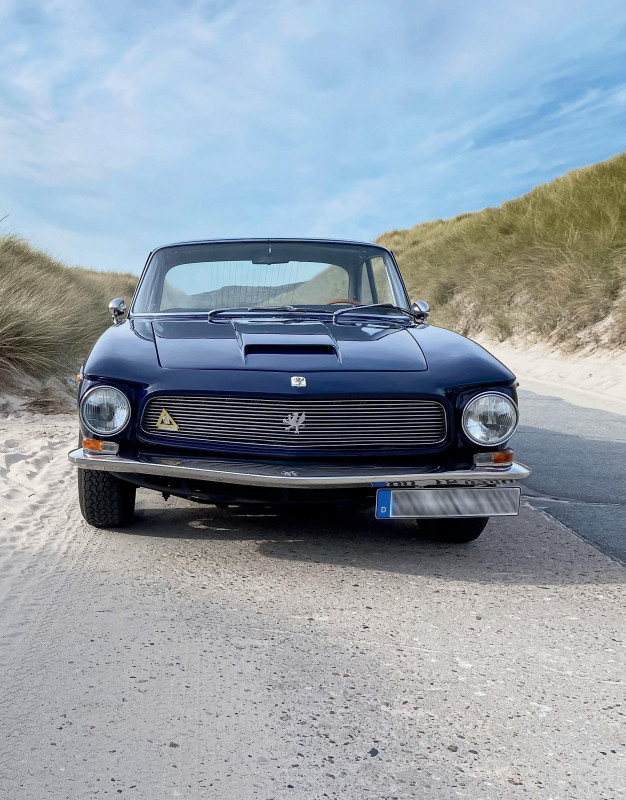
He decided to launch his own sports car: more comfortable than a Ferrari, more reliable than a Maserati and safer than a Jaguar. Less than a year later, the Iso Rivolta prototype was on the road, designed by ex-Ferrari designer Giotto Bizzarini and Giorgetto Giugiaro from Bertone. Rivolta bought the engine from GM, a small-block V8 with a four-speed transmission from Borg Warner. A clever decision: the Corvette engine with 300 to 365 hp drove almost every Iso up to 1973 — not a paragon of sophistication, but reliable and significantly cheaper than a design from Italy.
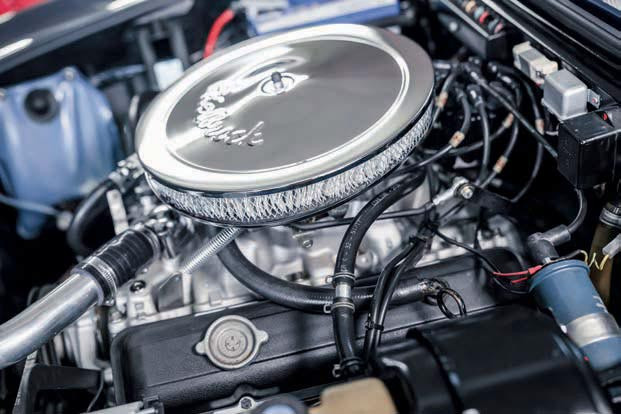
On the same basis, Rivolta added a 2-seater that was to make history not only as the trump card of every car quartet of the 1960s and 1970s: the Iso Grifo. The legendary brand was only granted a short life: In 1965 Italy's economy went into a tailspin, sales collapsed and Renzo Rivolta died far too early. His son Piero tried everything to save Iso, launched two more classics, Lele and Fidia, but the oil crisis in the mid-1970s broke the company's neck. A handful of charismatic classics remained, which are still very popular with connoisseurs today.
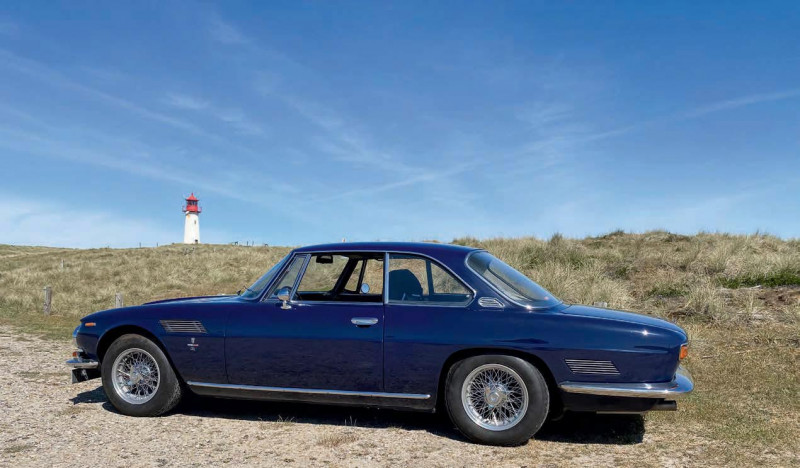
After the first encounter with a Rivolta GT, of which less than 800 were built between 1962 and 1970, it was clear to Jürgen Jost: he had to have one of these. He has always had a thing for classics, drove vintage car rallies for years, maintained his various valuables such as the BMW CS, Lancia HF Fulvia, Alfa 1750 GTV Bertone, Saab 99 Turbo etc. and always used the griffin to avoid the rare exhibits at relevant exhibitions around the grill. «Only 100 to 200 Rivolta are still preserved worldwide, probably half of them are not roadworthy,» Jürgen remembers his long and fruitless search, «the biggest problem is the sophisticated chassis and the body, many vehicles were neglected for a long time because the value was only has increased to where it is today in the last 20 years.”
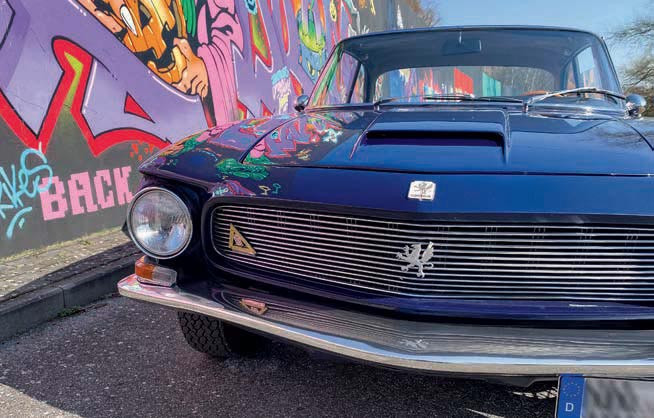
About six years ago he finally found what he was looking for in Holland, had the Iso, which was just about ready to drive, taken to a Lancia workshop in Berlin for a partial restoration and later had it completed by Sportwagen Service Hamburg. Jürgen's 2+2 Coupé has the chassis number 778, so it rolled off the assembly line in Bresso in 1969 as one of the last of a total of 797 units. He was extradited to a lawyer in Lugano/Switzerland.
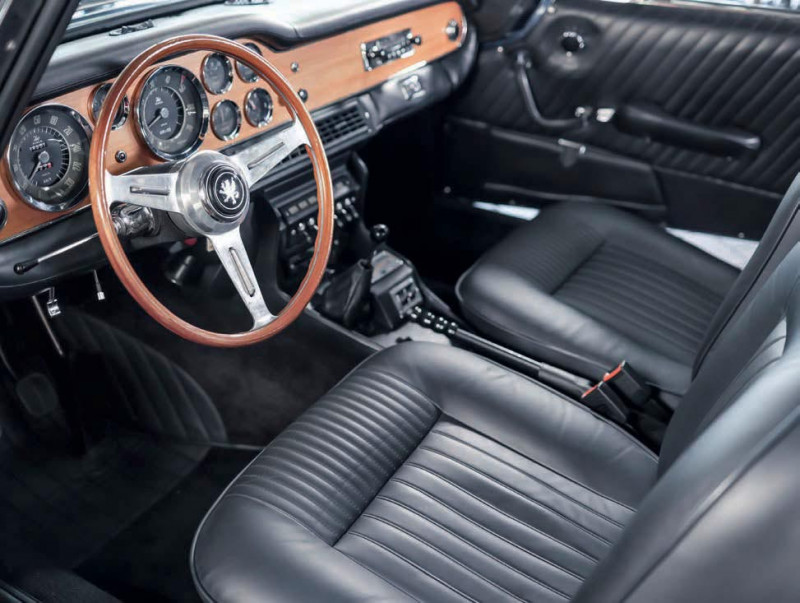
»The history of my Iso can be traced back to Italy, Belgium, the Netherlands and most recently Germany," reports Jürgen proudly, «that the car has been driven regularly by enthusiasts over the years has done it good. The otherwise ubiquitous rust was within repairable limits and it is largely in its original condition.” Although that is not really that important for Jürgen. The otherwise level-headed, friendly classic car fan, who drives a 1972 911 in addition to the Iso, gets really angry when he thinks of the „qualified“ comments from self-appointed experts at the otherwise very appreciated meetings. “Some come along and triumphantly point to their supposed discovery. 'But that's not original' is the first thing they trumpet, but it's all about the joy of driving the car, which you've built just the way you like it. In Cologne there is a good saying 'Every Jeck is different!'», quotes the native of the Rhineland. «The Iso community is much more relaxed there, there is no envy and everyone helps everyone.»
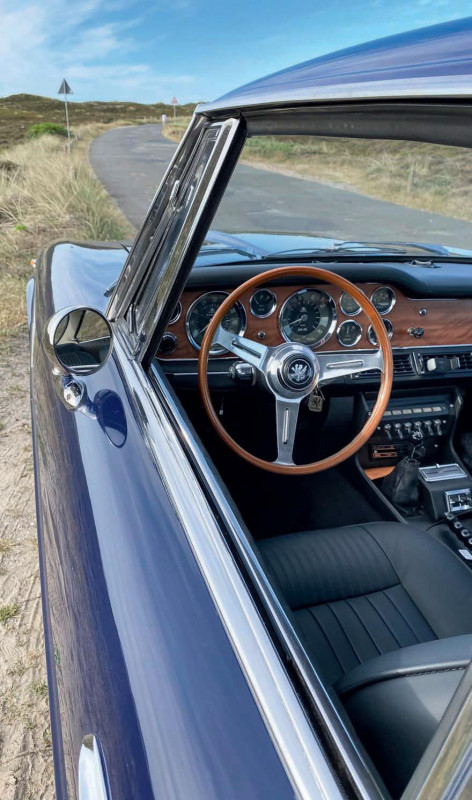
This is probably also necessary with a classic that you rarely see on our streets and whose technology there is little published information. The supply of spare parts is nevertheless secured. A resourceful former factory employee bought the entire stock of parts when the company closed and supplied friends of the brand worldwide with original parts or replicas. As with many sports cars of the time, other parts were also installed by other manufacturers — Jaguar, Alfa Romeo, Fiat etc. — and can therefore also be obtained in other ways. The rope teams of the faithful Iso drivers take care of the rest.
